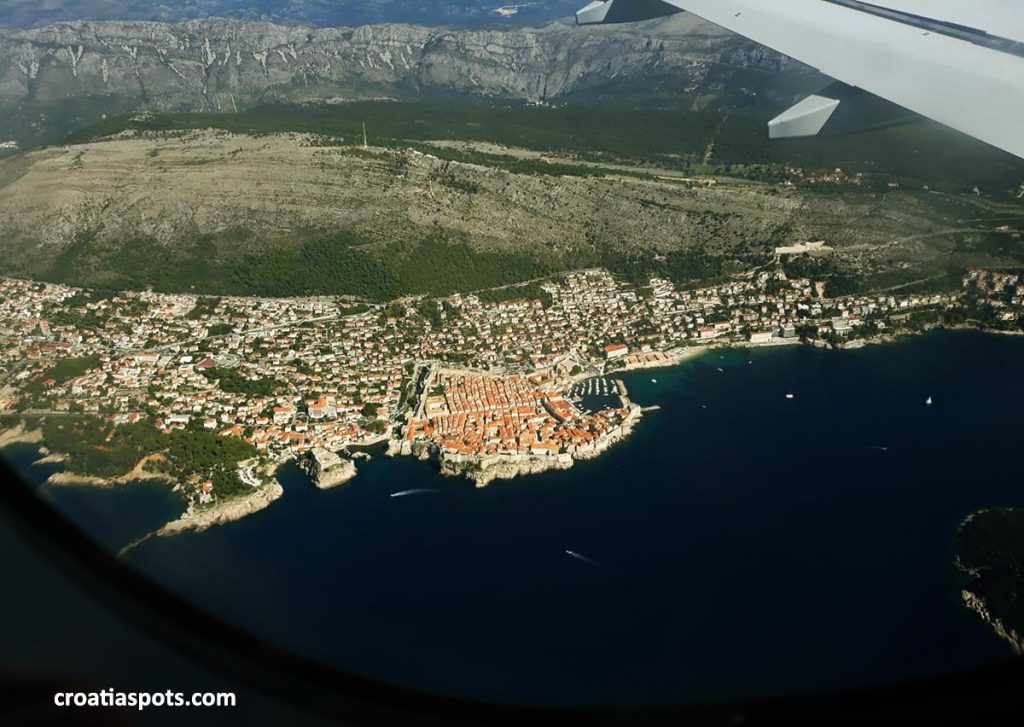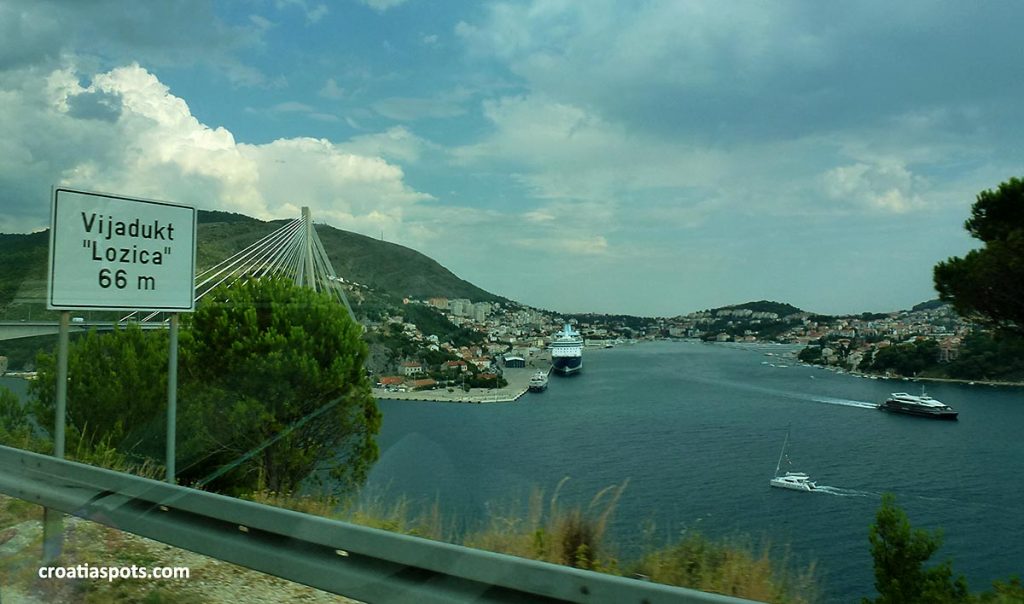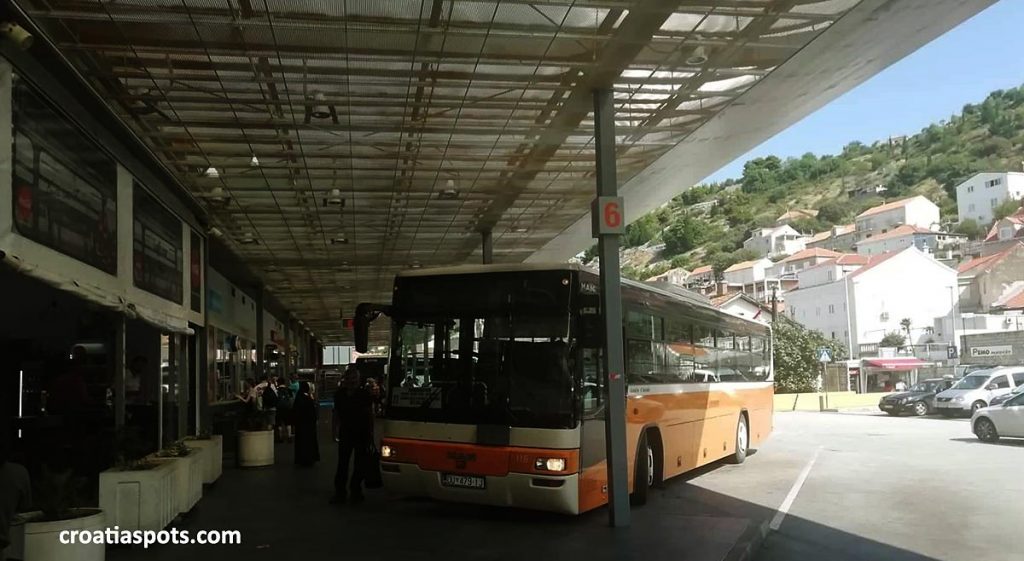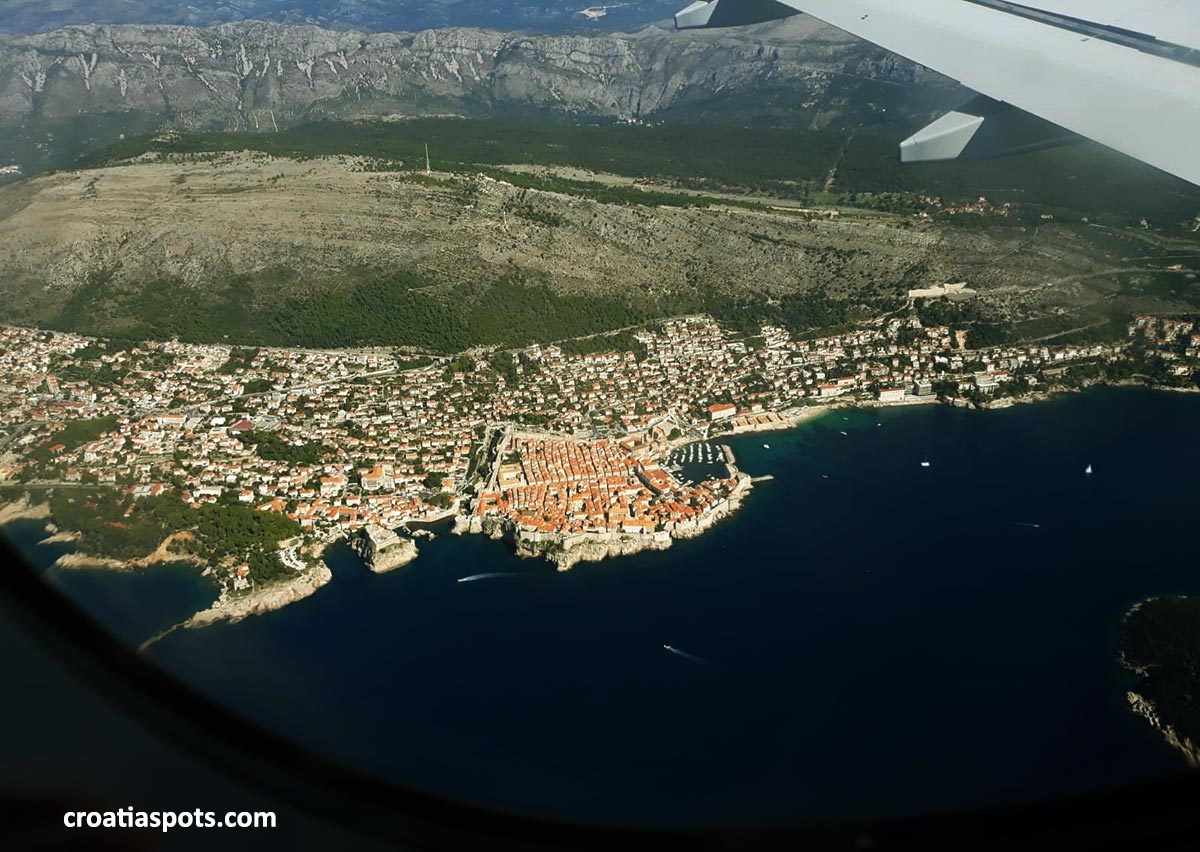The quickest, easiest and cheapest way to get to Croatia is by plane. Croatia has five main international airports that are also the main points of entry in Croatia: Zagreb, Pula, Zadar (airport), Split (airport) and Dubrovnik airports handle the majority of scheduled and charter flights from Europe and North America. The busiest airport in Croatia is Split (SPU). Once you arrive, continue around by air, train, bus or ferry.
Being a country with a long coastline and numerous islands, getting here by ferry is also an option. The main international ferry entry ports are Pula, Zadar, Split and Dubrovnik.

Table of Contents
The best way to get to Croatia
| from | by | reason | where to |
| North Europe | flight | cheapest & quickest | Zagreb, Dubrovnik, Pula, Zadar, Split |
| South Europe | flight | quickest | Zagreb & Dubrovnik |
| East Europe | flight | quickest | Zagreb, Dubrovnik, Split |
| Europe | train | slower but more interesting | Zagreb |
| From Italy | ferry | scenic & fun | Pula, Porec, Rovinj, Zadar, Split, Dubrovnik |
| flight | fast & cheap | Dubrovnik, Split | |
| From Greece | flight | quick | Dubrovnik, Zagreb, Split |
| ferry | slow & nice | Zadar, Split, Dubrovnik | |
| From Albania | buses or ferries | very slow | Dubrovnik |
When is the best time to visit Croatia?
What is the best time of the year to visit Croatia? Every season in Croatia has a different appeal although the summers are most popular as the weather is predictable and warm, even hot. There are also other factors playing into this and giving each season a different appeal.
Some attractions close during certain months of the year. There are many festivals happening all over the country year-round. So if you are visiting Croatia with a purpose, make sure that the time of the year is right for you.
Personally, I love travelling around Croatia in the spring and early autumn or fall – April to May & September to October. This is considered here as part of the off-season but it is a great time to visit for a number of reasons. In April and May, you already get the long days and thus, more time to explore and still, the weather is not too hot. September and October with mild temperatures can be great months for walking, hiking, cycling or any other outdoor activities.
If you can, plan to visit Croatia during the April to October season when you will have the option to book numerous direct international flights as well as more frequent ferries from Italy.
If you decide to get here in the November to March period, there are fewer flights to choose from and all transport connections within a country are less frequent. At this time of the year, driving is good to consider although in the continental part of the country (around Lika, Gorski Kotar and Plitvice Lakes) may snow and roads get icy.
Driving in the peak season (July & August) may involve long queues on the borders and traffic jams within a country, especially over weekends. Taking public transport at this time is much more predictable. Don’t forget to book your accommodation in advance for this busy period.

Travelling to Croatia from Italy
By ferry from Italy
International ferry services from Italy and back are seasonal and they run from Ancona to Zadar and Split and from Bari to Dubrovnik. If you are a foot passenger, you can buy your ticket in the port just before your departure, however, if you are travelling by car, camper or motorbike – book in advance. These are overnight ferries so consider booking a cabin too. Deck fares cost about 60 Euro, cabin another 50 Euro. Buy a return ticket to save 20%. Check all details on croatiaferries.com site or see here what is available.
From the Italian east coast, there are some additional fast ferries to Losinj, Rab, Hvar and Zadar.
From northern Italy, a couple of foot-passenger fast ferries connecting Venice and Trieste with Poreč, Rovinj and Pula which is a good starting point for an island hopping visit (map).
By bus from Italy
The Flixbus connects Venezia and Trieste in Northern Italy with Istria and Rijeka in western Croatia. Regular, year-round bus lines are convenient and comfortable buses. From Trieste, the main shopping centre in the region, there are local buses to Pazin, Buzet, Rovinj and Pula in Istria and some convenient local shuttle services. There is also a couple of daily bus lines to and from Zagreb, the Croatian capital.
Driving from Italy
The big advantage of hiring a car in Italy is that it offers maximum flexibility for your itinerary of a successful self-drive holiday in Croatia. However, you also have to bear the responsibility of driving and navigating yourself which some travellers may find tiring. The higher price and distraction from the amazing views, at least for the driver, are compensated by a flexible itinerary and road trip feeling. The main road entry point from Italy is in Trieste with a short drive via Slovenia.

Travelling to Croatia from Greece
On the maps, Croatia and Greece look quite close to each other so many people assume that planning a holiday that combines both countries will be quick and simple. Yes, if you intend to fly from Athens to Dubrovnik or Zagreb, it is fairly quick (flights). But, travelling by sea or land takes at least a day or even two, depending on the region, combining trains, buses or ferries. Travel from Thessaloniki will last at least 19 hours on the bus, overland crossing via Albania and Montenegro with arrival in Dubrovnik. Using ferries will take you even longer, see details here.
Travelling to Croatia from Albania
When travelling to and from Albania you will face similar issues – long and slow overland bus journeys (10+ hours from Tiranë to Dubrovnik) and infrequent ferry crossings involving changing at least two international ferries (info here). It also involves land crossings via Montenegro or sea crossings via Italy where the quickest option is 9 hours + 11 hours from Durres via Bari to Dubrovnik.
